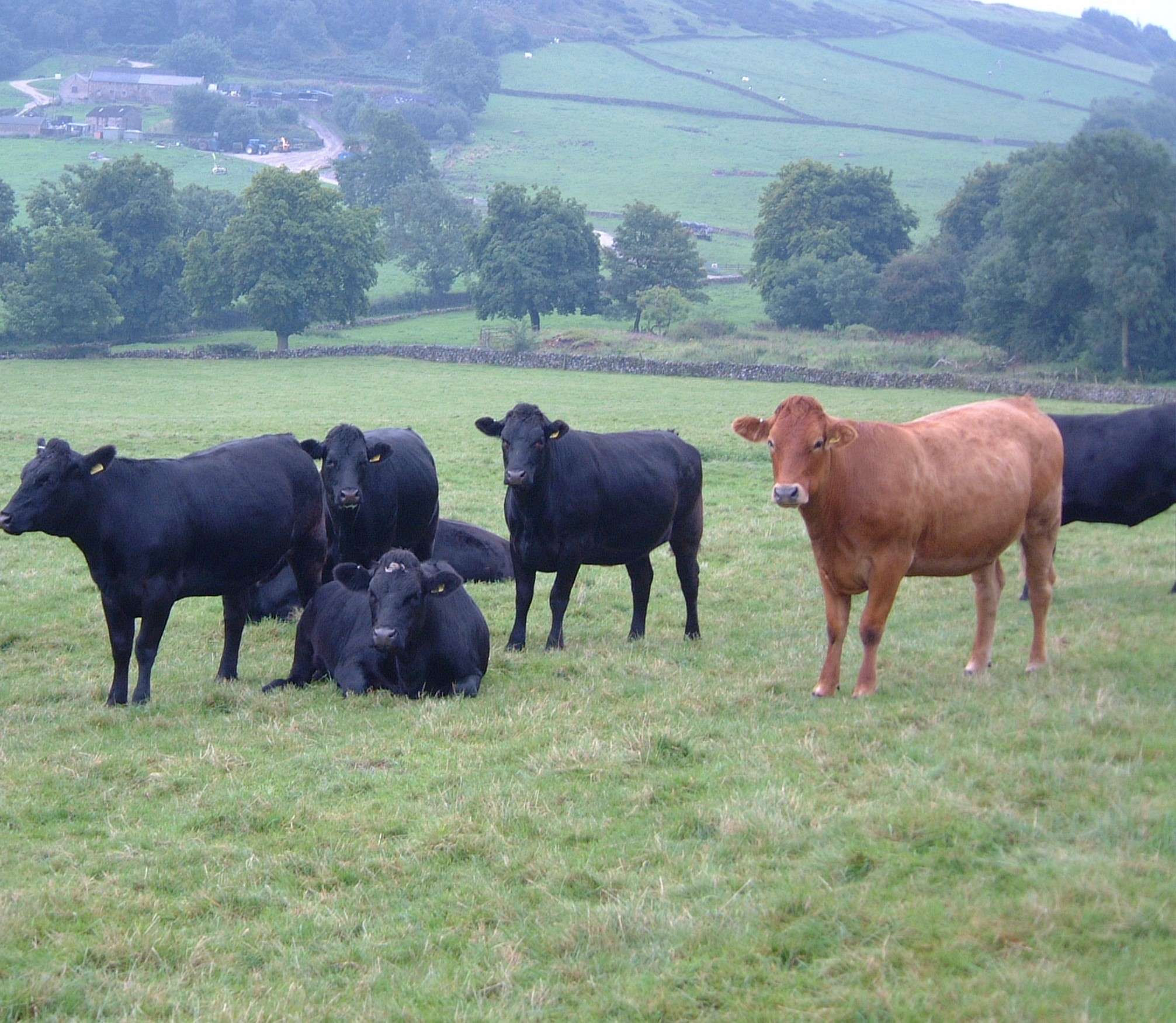- Home
- Biosecurity when buying in animals
Biosecurity when buying in animals
It is not always easy to identify which animals may be carrying infections. Some animals may only have a mild form of a disease, some may be recovering from disease and others may be carriers of infection for some time after recovering from the disease. The best protection for your animals is to run a closed herd or flock, but if that is not possible, the next best thing is to be careful about any animals you bring on to your farm. Find out as much as you can about the health of the animal(s) you are buying and also about the general health status of the source herd and any vaccinations.
Things to consider when you purchase:
- Any animals brought on to your farm, whether bought, borrowed or brought on to your farm, will increase the risk of introducing a new disease
- Check the health status of the source and check the health and vaccination records of animals before purchasing
- Quarantine bought-in animals — check species specific guidelines

Protecting against biosecurity risks once livestock is on farm
Ideally, create a ‘space’ around animals when they come on to the farm by keeping them separately in quarantine for at least four weeks (‘social distancing!’). This gives you a chance to check them for clinical signs of disease, but also gives them time to recover from disease if they only have a mild case and to stop shedding infection. It is also a chance to test animals for diseases you don’t want on your farm before mixing them with other animals on your farm. Additionally, it gives time to complete a full course of vaccination to protect the new animals from diseases already present on the farm. Quarantine doesn’t have to be very sophisticated – it can be a well-fenced field well away from your own stock.

